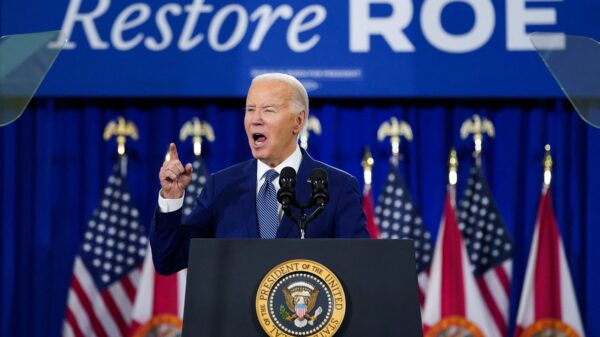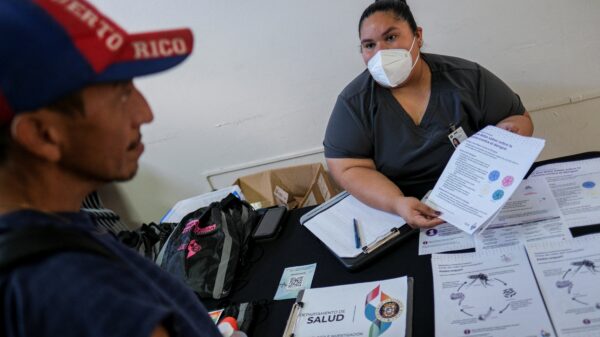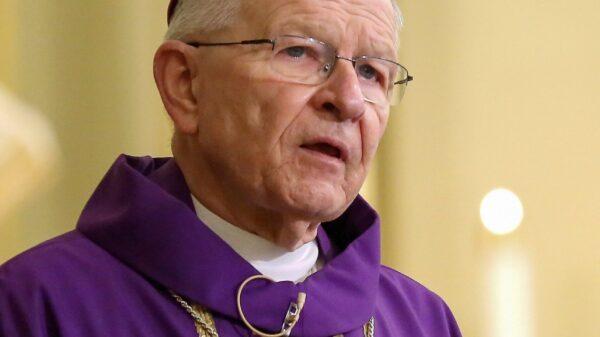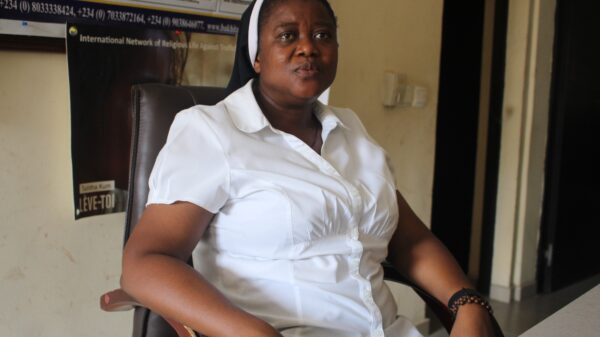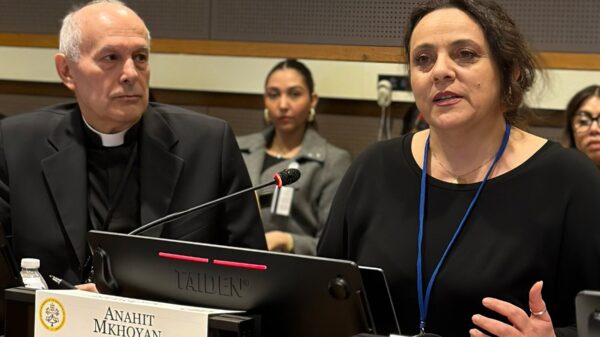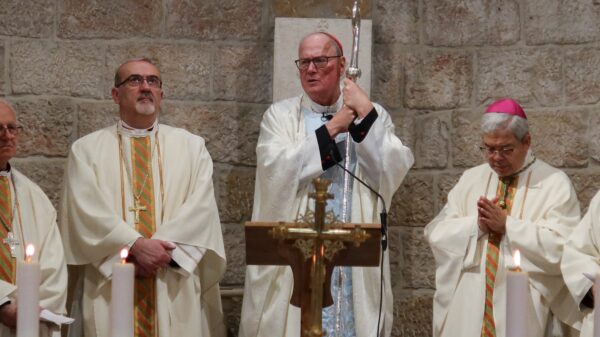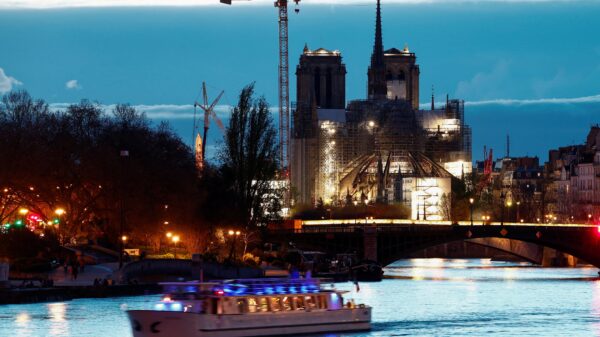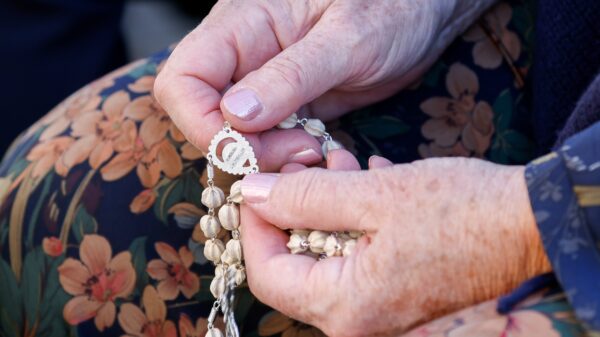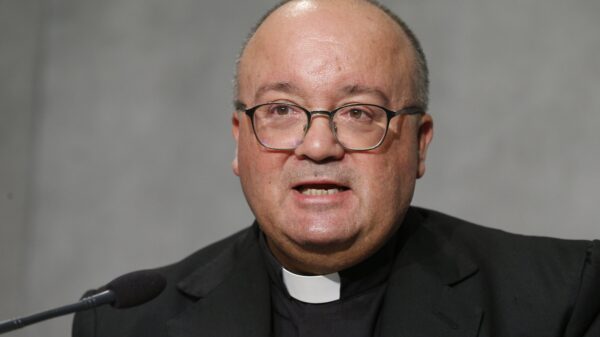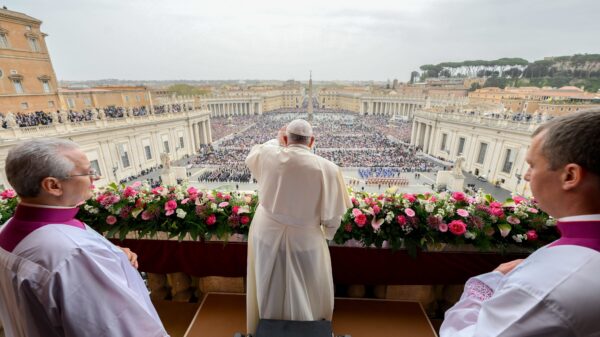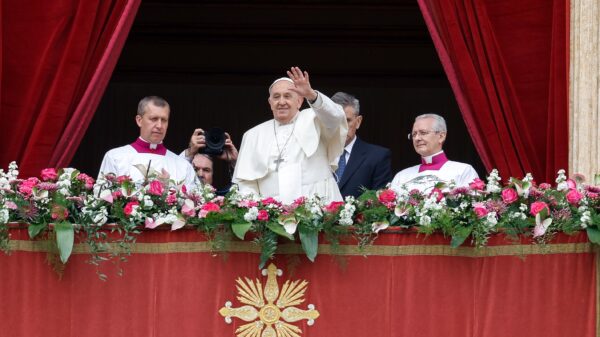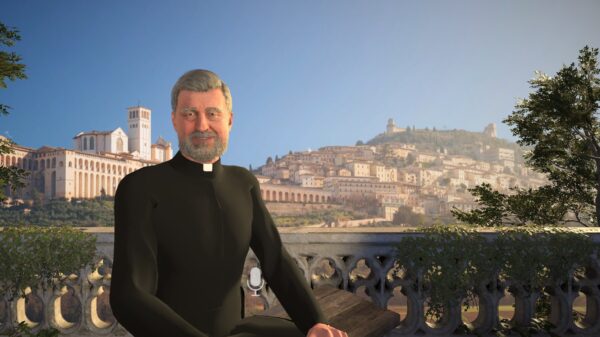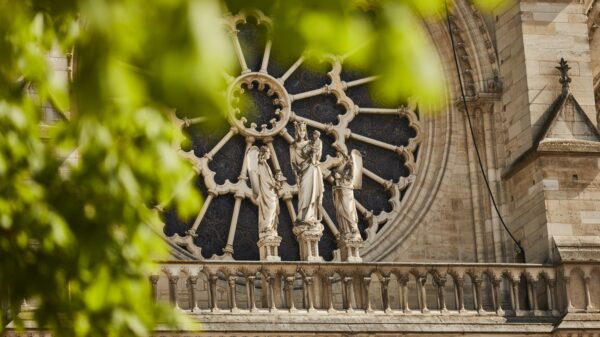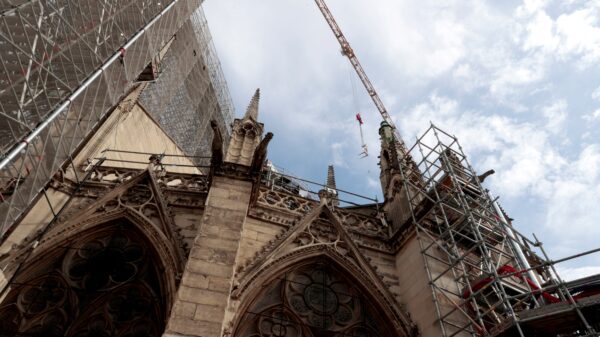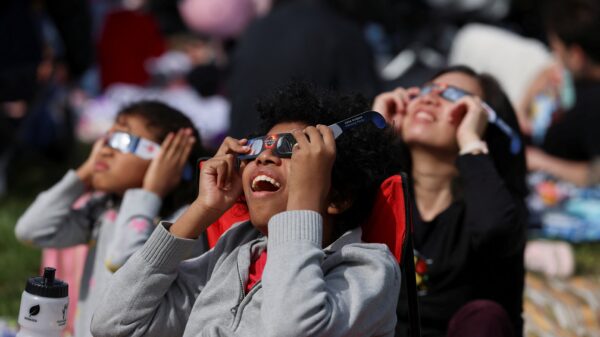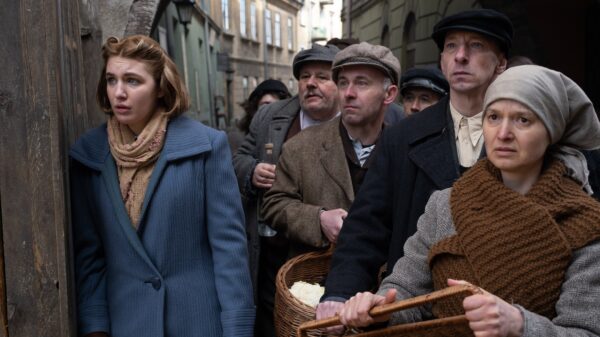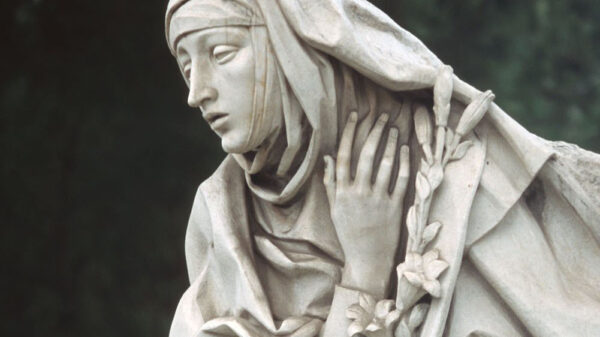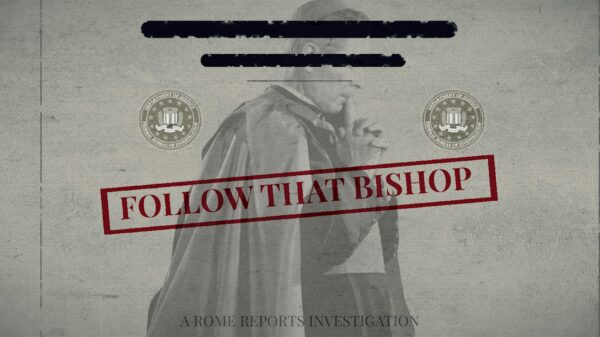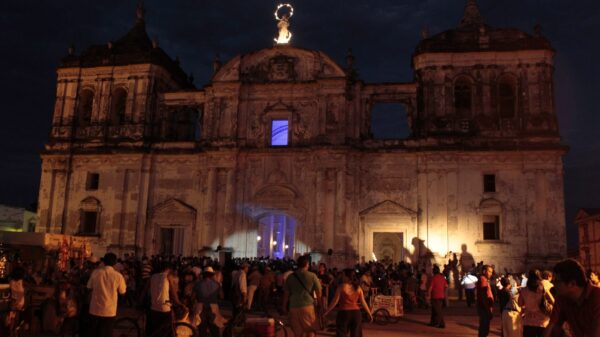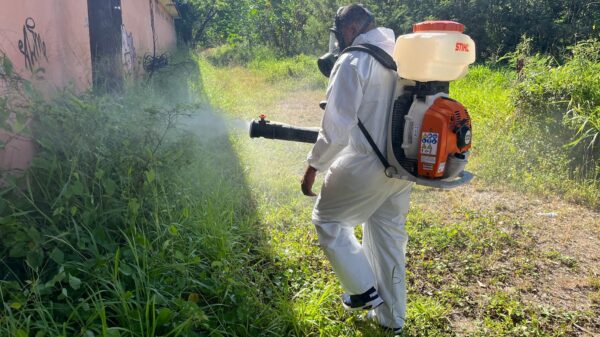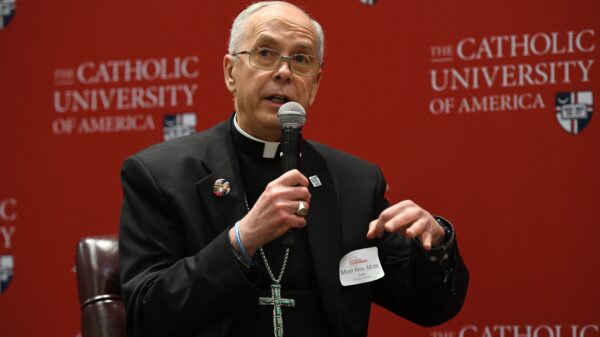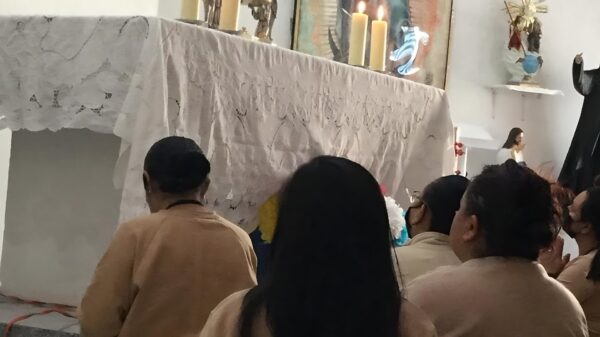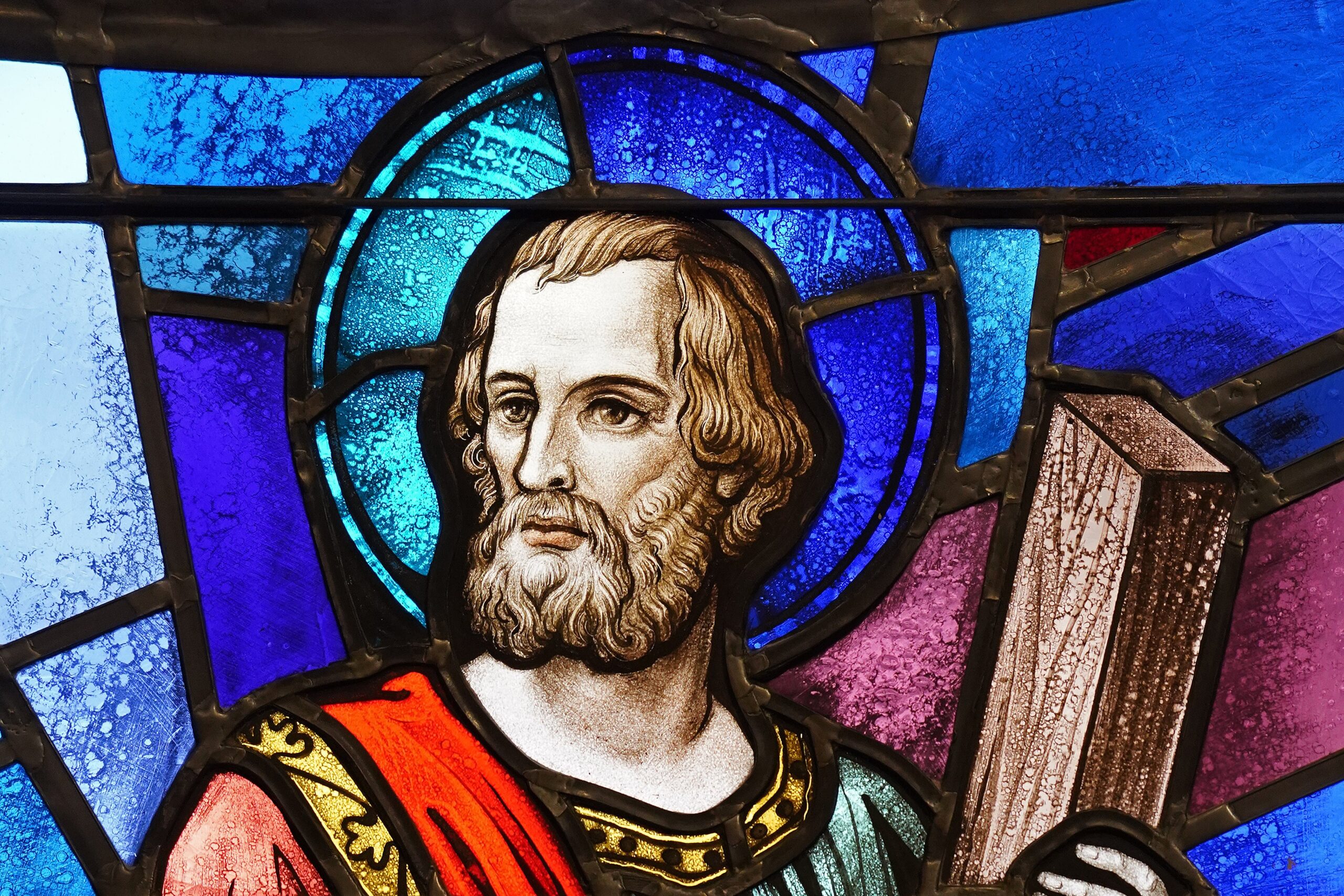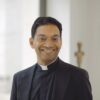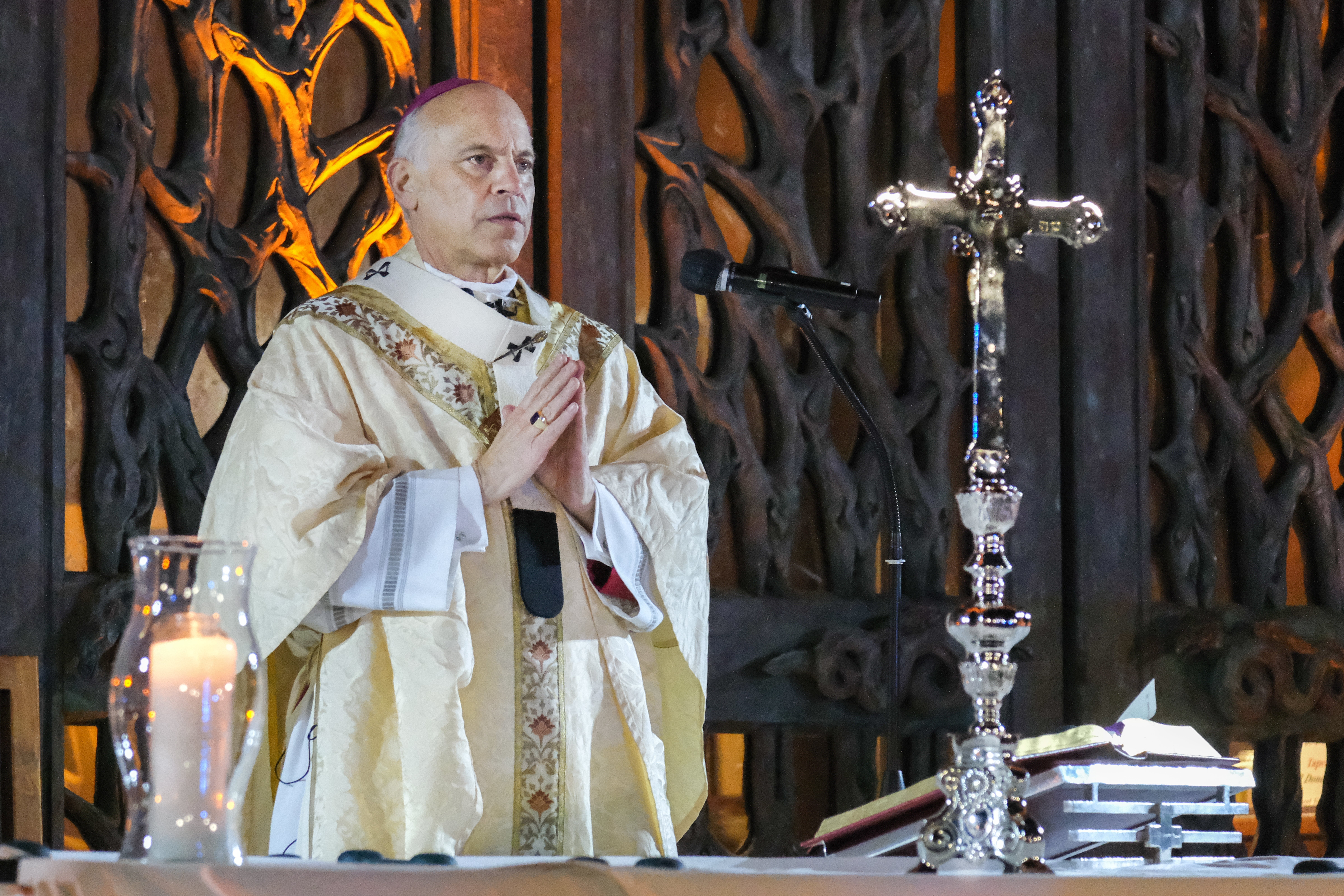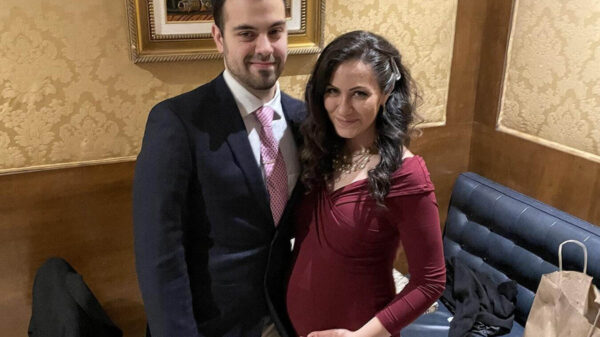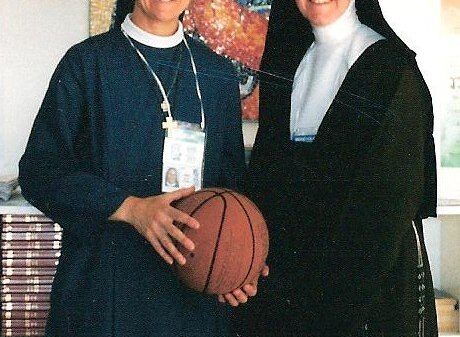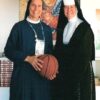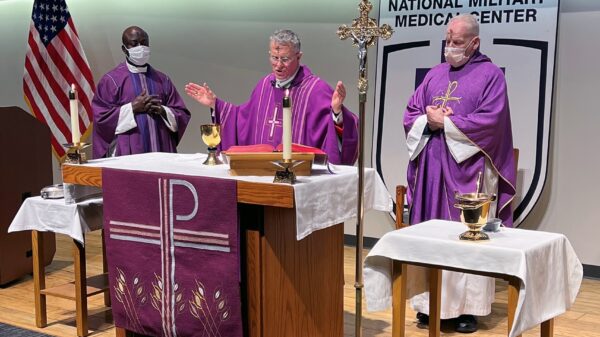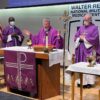ST. PAUL, Minn. (OSV News) — Ten years ago, Erika Kidd sat at the edge of a family member’s hospital bed. It was almost Christmas; wind buffeted the window. Quietly, she recited the St. Andrew Novena over and over again.
“Hail and blessed be the hour and moment in which the Son of God was born
Of the most pure Virgin Mary, at midnight, in Bethlehem, in the piercing cold.
In that hour vouchsafe, I beseech thee, O my God, to hear my prayer and grant my desires Through the merits of Our Savior Jesus Christ, and of his Blessed Mother. Amen.”
It is a curious novena. Unlike a traditional novena, which spans nine days, it lasts from the feast of St. Andrew on Nov. 30 to Christmas Eve. On each of these days, it is repeated 15 times, either all at once or throughout the day. The novena has a reputation for answered prayers.
The prayer recalls the “hour and the moment” of Christ’s birth “at midnight, in Bethlehem, in the piercing cold.” It evokes, with precision, the moment of the Incarnation is revealed. For Kidd, the darkness at the moment of Christ’s birth was reminiscent of the darkness of the cold hospital room.
“Waiting in the hospital, I felt myself to be in those dark moments, just before the arrival of Christ,” Kidd said. “And I prayed that he would come and set all things right. I prayed that he would come and save us.”
Her request — that her family member return home in time for Christmas — was answered. Prayers of thanksgiving trod on the heels of her novena.
“The prayer invites us to take seriously the darkness of our current situation: The fact that Christ has not yet come again in glory, the fact that we are often living with difficult and troubling situations, and it invites us to welcome Christ and rejoice in Christ’s coming,” said Kidd, an associate professor of Catholic studies at the University of St. Thomas in St. Paul, Minnesota, who teaches a class on Mary.
For Father Edward Looney, president of the Mariological Society of America, the St. Andrew Novena is “prayerful preparation” for Christmas.
“We can be caught up in the busyness in preparing for Christmas — going to concerts, shopping, all of these things — but at least this prayer allows us to stay rooted and grounded, and to think about what it is and why it is that we are celebrating Christmas,” said Father Looney, author of the 2022 book “How They Love Mary: 28 Life-Changing Stories of Devotion to Our Lady.” The priest, of the Diocese of Green Bay, Wisconsin, also hosts the “How They Love Mary” podcast. In December 2022, he posted a video on YouTube of the 15 repetitions of the novena, hoping to popularize the novena and facilitate the process of praying it.
It can be difficult to keep track of the prayer’s 15 daily repetitions; however, some Etsy sellers aim to remedy this with bracelets for tracking the devotion. Even if a person misses a day or prays less than 15 repetitions, Father Looney said that the novena is still efficacious.
“There can be a specific grace that you request, but then I think there are just the different graces of the Christmas season …. joy, hope, peace,” he said. “The joy of the incarnation — that is what we are praying for.”
Father Looney said that what we pray the novena for might be answered in a different way than we expected.
“There is always going to be a grace given by God. We believe, in our finite knowledge, that we know what God should do. But God, who is greater than us and knows all things, knows what is for our good or their good,” he said. “God is still at work, and God is aiding that situation.”
The prayer has an obscure history. Rachel Fulton Brown, an associate professor of medieval history at the University of Chicago and an expert in medieval Marian devotions, said that the repetition of 15 has a long tradition in the church.
While the monks of the Middle Ages ascended into the chapel, they recited the 15 psalms traditionally associated with Mary — Psalms 119-133 in the Vulgate, the Latin translation of the Bible prepared by St. Jerome. Over time, these 15 psalms became associated with the stairs that the 3-year-old Mary ascended into the temple as recorded in the “Protoevangelium of James,” an apocryphal, or non-scriptural, Gospel account from the second century that describes the infancy of Mary. Although the text does not specify the number of steps, the monastic tradition associated each psalm with a step into the temple.
Brown said that the St. Andrew Novena’s 15 repetitions likely stem from this tradition.
She also noted many evocations of traditional Marian devotion in the words and phrases of the text. The word “piercing,” for example, has roots in the medieval understanding of the Incarnation, she said.
“One of the things that the medieval imagery likes to do is to show Christ as the light-beam. There is a lot of meditation, at the Incarnation, on how he can enter into Mary like a ray of sunlight through glass,” said Brown. “They make all of these beautiful windows in cathedrals to show that he passes through her like a crystal, taking light on without breaking her, so she is still virginal.”
Brown said that there is evidence that the novena sprung from a movement to revive church tradition in the 19th century. This movement attempted to repopularize texts such as the “Protoevangelium” and monastic traditions like a Marian version of the Liturgy of the Hours.
Sister Joseph Maria of the Holy Family, prioress of the cloistered Dominicans of Our Lady of the Rosary in New Jersey, had not heard of the St. Andrew Novena before she entered religious life.
Her novice mistress encouraged her to pray the novena. She now prays it every Advent in the silence of the convent.
“Just the act of praying it for so long, it does really help prepare you for the birth of Our Lord,” she said.
She prays the novena so much during Advent that she said she does not bother to count to 15.
“I probably pray more than is needed each day,” she said. Before praying the Divine Office, when working around the convent, and while brushing her teeth, she silently repeats the St. Andrew Novena, over and over again.
– – –
Anna Wilgenbusch for OSV News from St. Paul, Minnesota.


